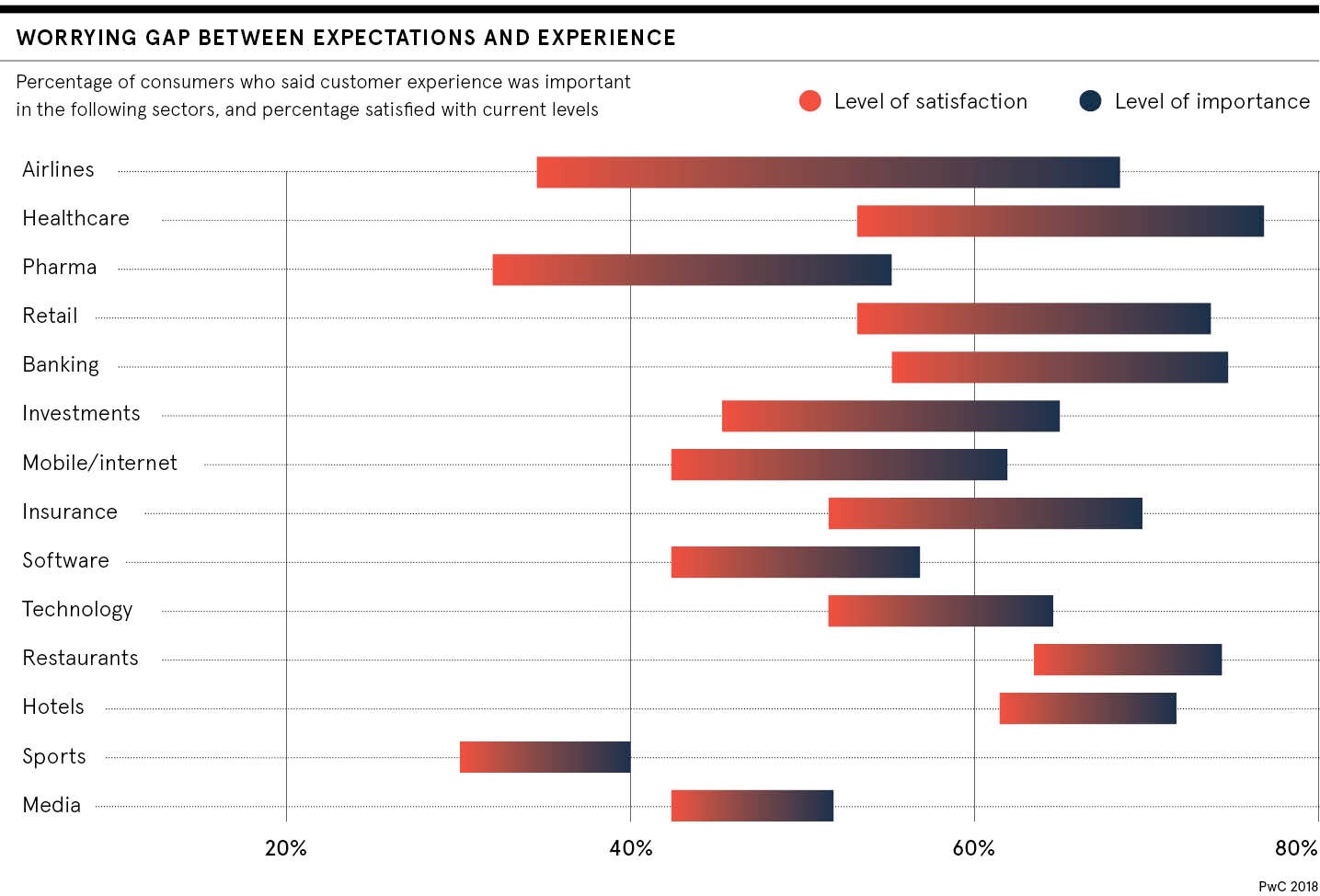Customer success roles have never been more in demand. A search of a leading recruitment website turns up nearly 40,000 vacancies in the UK alone, although a consistent definition of customer success continues to be elusive.
The CCSO is so important that in the future we will see more and more moving into chief executive roles
According to one customer success specialist, he is regularly contacted by recruiters only to receive short shrift when he tells them, “I’m not a sales guy.” He is now cautious of any job offer after accepting a chief customer success officer (CCSO) position in an enterprise software company that turned out to be anything but.
Customer success is not about sales
“You’re talking about a name that doesn’t fit the position,” says the CCSO, who asked not to be named. “There was relatively little customer focus, it was about driving maximum margins for our masters. When you have customer success in your title and your job is to reduce costs at any cost, it’s not customer centric and it’s not for me personally, hence my tenure there was extremely short.”
While customer success isn’t done for the good of society, it does have to make shareholders happy, he says, and profit growth should be achieved through providing better value to customers, not aggressive cost control or sales.
Kevin Willers, chief customer officer at CoreHQ, agrees. “A role like mine is really understanding how to build a structure to best support all your customers to be successful,” he says. “It’s about understanding how to apply resources in the most appropriate manner at the most appropriate time, at the same time as keeping an eye on the fact that you have to do this in a profitable way.”
Mr Willers adds that, to be done properly, customer success should cover the whole of an organisation. “I’m like the conductor of an orchestra, making sure all the right functions across my organisation come in at the right time,” he says.
Why does customer success need its own C-level executive?
Because of the requirement to get buy-in from other departments, customer success must be spearheaded by a C-level executive. Resistance from those with other mandates is a key challenge.
“Asking the sales team to detract from their new revenue target to protect existing revenue can be a difficult conversation,” says Mr Willers. “Likewise, when the product development team is keen to deliver new features to enhance the product against the competition, you might have to ask them to take time out of that development cycle to work on bug fixes essential to the retention of customers.
“To do that you have to have someone who’s at the executive table. Because I’m a peer with other C-level execs, we can have a company-wide conversation. Clearly, sometimes that will mean supporting other divisional goals ahead of customer success. But it allows that discussion to happen. If you don’t have a seat at the top table, then customer success will not be successful.”

In fact, Mr Willers thinks the CCSO is so important that in the future we will see more and more moving into chief executive roles.
A chief executive who already leads customer success in his organisation concurs. “As the CEO of a software-as-a-service technology business, with a recurring revenue model, I see customer success as the critical factor in driving the success of our business,” says Milan Patel, chief executive of dotdigital Group. “It is something that we focus on from the top down, right the way through our business.
“Customer success is not just about ensuring customer satisfaction, but also to ensure that the long-term vision of our business and technology platform is aligned to the long-term success of our customer base. This can only happen if we have a C-suite that is aligned on the importance and value of driving customer success.”
Pushing for professionalism
Chris Bartlett, who heads up one of the largest customer success teams in Europe, made up of 150 people at Adobe, believes the field of customer success as a whole must become more professionalised, with companies like his leading the way.
“We have a responsibility to ensure we are shaping teams for the future,” he says. “This includes ensuring we work hard on diverse hiring practices, and continuously share insights and best practice.
“I’m always thinking about ways to hire and retain the best talent, which involves investing in programmes such as learning funds, wellbeing programmes and team-building exercises.”
Mr Bartlett adds that Adobe is collaborating with the Customer Success Network to encourage regular debate across the community, with a goal of establishing global standards in customer success.
“We have adopted a Global Success Charter across our global customer success teams to ensure we’re setting a standard to be proud of, and I’m excited to see how this evolves with the industry and our customers,” he concludes.
Customer success is not about sales
Why does customer success need its own C-level executive?

